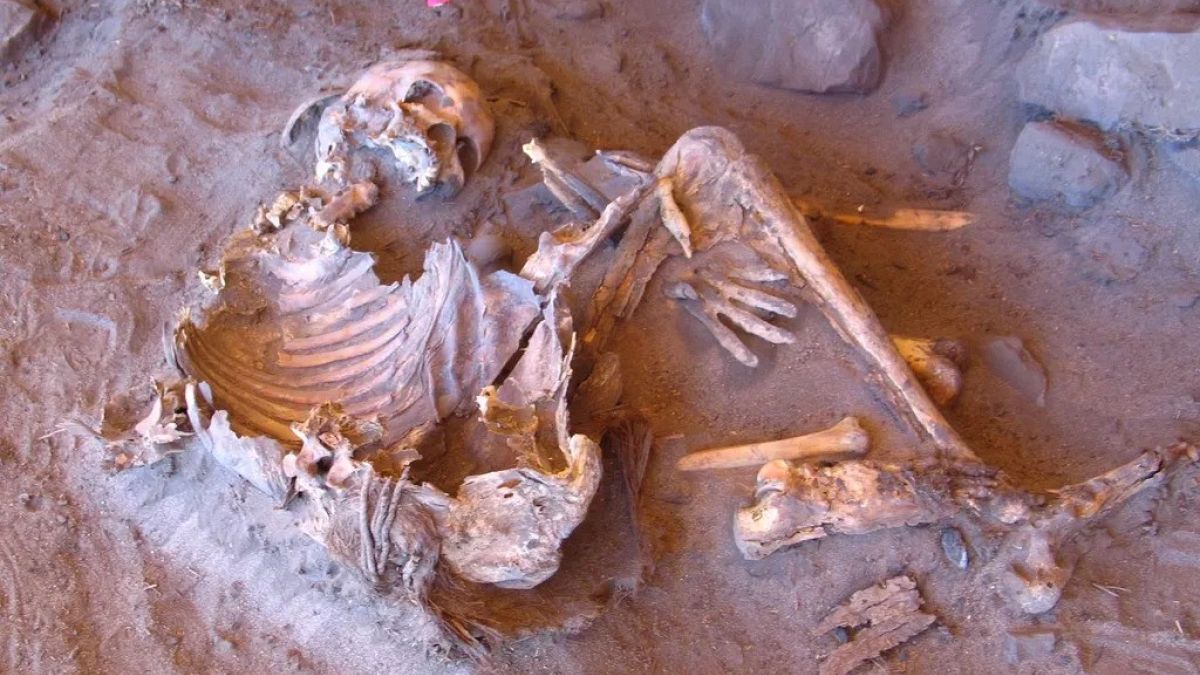Scientists have successfully analyzed the DNA of two shepherds who died in today’s Libya about 7000 years ago.
According to the article published in the reviewed scientific journal Nature, the analysis showed the old human population, which was previously unknown and genetically different.
The sugar desert in this region today from 5 thousand to 14 thousand years ago was a magnificent place. The region, which supports the life of animals with lakes and rivers, is now known as “green sugar”.
Johannes Krause, a geneticist and observer of the Evolutionary Institute of Anthropology Max Planck, said that there was no significant genetic effect of field populations in the south or prehistoric and prehistoric European groups in the north. ”
Speaking to Reuters, Krause said: “The stomach is a cultural innovation outside Africa.
This conclusion was very surprised by the researchers. In fact, scientists have long thought that green sugar was a migration corridor between North Africa and Sub -Sahara Africa.
Genetics Evgeny d’asiazio from Rome Sapienz said: “Surprisingly,” he said in an interview with science.
“I expect a greater stream of genes in green sugar.”
Archaeologists think that people with the remains in the region survive, hunting, fishing and animals, such as goats and sheep.
According to CNN, the researchers determined that the skeletons belonged to two women at the age of 40, who died about 5000 BC.
Scientists say that additional studies are needed to fully understand the people who lived on green sugar.
In fact, DNA, which was taken only from two women, may not represent all the people who lived in this large region for millennia.












Got a Questions?
Find us on Socials or Contact us and we’ll get back to you as soon as possible.